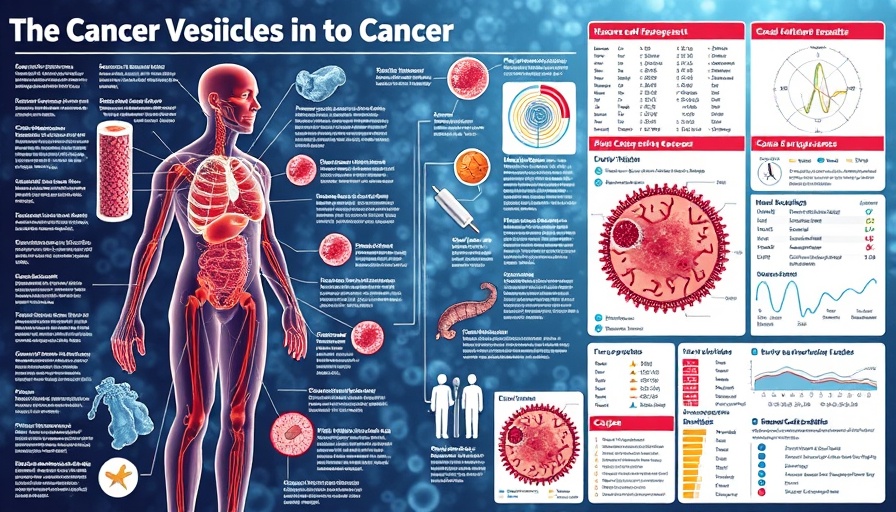
Understanding the Power of Extracellular Vesicles in Cancer Treatment
Extracellular vesicles (EVs) have emerged as a focal point in cancer research — especially when it comes to diagnostics and therapeutics. These tiny lipid bilayer-delimited particles, which include exosomes and microvesicles, are not mere cellular debris; they are dynamic vectors of intracellular communication, capable of mediating crucial cellular functions across the tumor microenvironment.
Revolutionary Transporters of Therapeutics
What's particularly exciting about EVs is their ability to encapsulate and transport bioactive molecules — proteins, RNA, DNA, and lipids. This transport mechanism offers a new frontier for drug delivery systems, especially for cancer therapies that have historically faced challenges such as damaging healthy cells or facing rapid degradation in the bloodstream. Research is ongoing to engineer these vesicles as vehicles for targeted drug delivery systems, potentially transforming the way we approach cancer treatment.
The Diagnostic Potential of EVs
Given their presence in biofluids like blood, urine, and saliva, EVs are increasingly being studied as biomarkers — indicators of disease. An analysis of their cargo, which mirrors their origin cell's condition, has made them a promising candidate for cancer diagnostics. For instance, specific miRNAs encapsulated in EVs have demonstrated the potential to indicate early stages of breast cancer, providing a non-invasive route to disease detection and monitoring.
Current Breakthroughs and Future Trends
Recent advances in multi-omic technologies and artificial intelligence have begun to unravel the complexity behind EV biosystems. This synergy not only enhances our understanding of tumor biology but also aids in the clinical translation of EVs into effective diagnostic and therapeutic tools. As researchers like those at the National Cancer Institute explore and iterate on these methods, we can expect an explosion of new applications for EVs in personalized cancer treatment.
Navigating the Challenges Ahead
Despite the optimism, hurdles remain. The isolation and characterization of EVs for clinical applications remain complex and time-consuming processes that can produce variable results. The potential variability in the composition of EVs depending on their sourcing cells also poses challenges in achieving reliable therapeutic outcomes. Standardization of methods for EV extraction and characterization will play a crucial role in overcoming these obstacles.
Actionable Insights for Health Enthusiasts
For those who prioritize a proactive approach to health, staying informed about EV research can be a part of your wellness strategy. Understanding how these biological vehicles could impact cancer therapies could lead to more informed discussions with healthcare providers about treatment options and innovations on the horizon.
As we witness the intricate dance of cellular interactions through EVs, it lays bare the potential for both therapeutic and diagnostic avenues. Moving forward, embracing these scientific findings could very well pave the way for a revolutionary shift in the treatment of cancer-related diseases and enhance longevity across populations.
 Add Row
Add Row  Add
Add 




Write A Comment